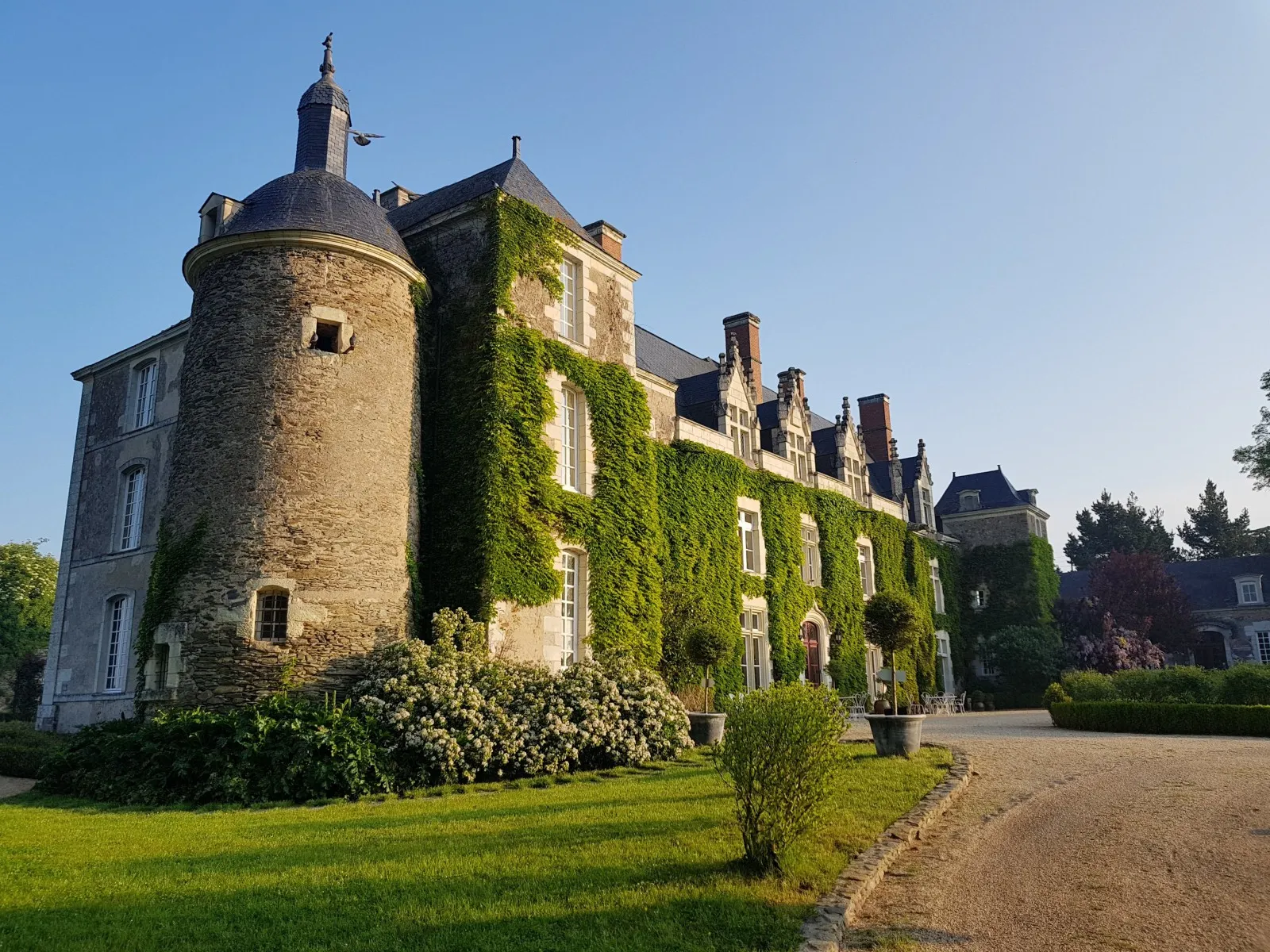When we talk about grand parties, we often envision lavish gatherings with celebrities and dignitaries. But nothing comes close to the sheer opulence and extravagance of the most expensive party in modern history – Shah Mohammad Reza Pahlavi’s banquet to commemorate the 2,500th anniversary of the Persian Empire. This extravagant soirée, held on October 14, 1971, at the historic ruins of Persepolis, set new standards for luxury and extravagance, bringing together nine kings, five queens, sixteen presidents, and two sultans. Let’s take a closer look at this remarkable event.
The Venue: A Desert Oasis
The choice of location for this monumental celebration was the ruins of Persepolis, the ceremonial capital of the Achaemenid Empire. Situated in the desert, 60 kilometers from Shiraz, Iran, the event required an extensive network of tents known as the Tent City or Golden City. Maison Jansen, a renowned Parisian interior design firm, drew inspiration from history and ancient Persepolis to create an extravagant 160-acre tent city. It took one year and 37 kilometers of silk to construct this breathtaking setting, complete with gardens, a forest, and air-conditioned tents.
A Culinary Extravaganza
While the goal was to celebrate Iran’s history, the cuisine for the evening was decidedly French to showcase the refinement and contemporary advancements under the Shah. Maxim’s of Paris, the world’s top restaurant at the time, took charge of the menu. They partnered with hotelier Max Blouet, who came out of retirement to oversee the banquet. With a staff of 120 waiters and 40 cooks brought in from France, the event was a gastronomic masterpiece. The kitchen was equipped with 150 tons of top-notch equipment, flown in from Paris by the Iranian army. They processed 18 tons of food, including caviar, beef, pork, lamb, and more, with only the caviar sourced locally.
The Finest Libations
The wine and spirits served at the banquet were equally impressive. The list included 2500 bottles of champagne, 1000 bottles of Bordeaux, 1000 bottles of Burgundy, and a vast assortment of whiskey. The opening toast was celebrated with Dom Perignon Rosé 1959, and even the sorbet was made with bottles of Moët et Chandon 1911. Every detail was meticulously planned, ensuring that even the beverages were of the highest caliber.
A Guest List Beyond Imagination
The guest list for this extraordinary event was nothing short of spectacular. It included royalty, presidents, and dignitaries from around the world. Notable attendees included Princess Grace and Prince Rainier of Monaco, Vice-President Spiro Agnew of the United States, and Prince Philip and Princess Anne from the United Kingdom. Emperor Haile Selassie of Ethiopia, the guest of honor, arrived with a 72-person entourage, including his diamond-encrusted dog.
The Enormous Bill
The exact cost of this extravagant banquet remains unknown, but estimates suggest it was around $90 million USD, which, adjusted for today’s rates, would exceed $516 million. This colossal expenditure contributed to public dissatisfaction with the Shah’s regime, ultimately playing a role in the 1979 Iranian Revolution. Ayatollah Khomeini criticized the event, while the Shah defended it as a demonstration of Iran’s grandeur.
The banquet at Persepolis in 1971 stands as a testament to excess and extravagance on an unprecedented scale. It was a celebration of both history and opulence, where no expense was spared. This event, which holds a place in the Guinness Book of World Records as the longest and most lavish official banquet in modern history, symbolizes an era of grandeur that would soon give way to significant political change in Iran. The banquet serves as a reminder of the power of luxury to create lasting memories and historical legacies, even in the face of revolution and change.


